MOVING: ‘Ghost Fleet’ Graveyard With Hundreds of Wrecks is Starting to Shift
Where do American military ships go to die? For a long time the answer to that question was Mallows Bay. Mallows Bay lies on the Potomac River, not far from Washington, DC. It is home to what has become known as the ghost fleet, a collection of nearly 200 sunken, wooden military ships, spanning our military history.
Some ships date back to the Revolutionary War, there are other from the Civil War era, and there are ships from both World Wars, as well.
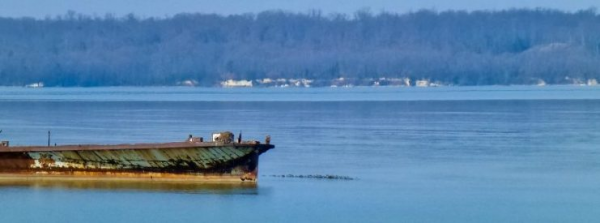
All of the ships were put there and deliberately sunk, and the site represents the largest and most diverse collection of military vessels in the Western Hemisphere.
Nature being the powerful and adaptive thing that it is, over the years, the ghost fleet has developed into a thriving ecosystem as various forms of plant life have started growing on the rotting ships.
And acts as a habitat for a number of threatened or endangered species, such as bald eagles, beavers, river otters, bat, osprey, and a variety of species of fish, according to the National Marine Sanctuary Foundation.
In addition to the animal life, the ships themselves are a source of great interest to many people, since they represent a snapshot of our nation’s maritime military history, and the site is a favorite place for kayakers and canoes who want to explore the fleet, as well as a source of archaeological interest.
It was recently discovered the fleet is slowly on the move.
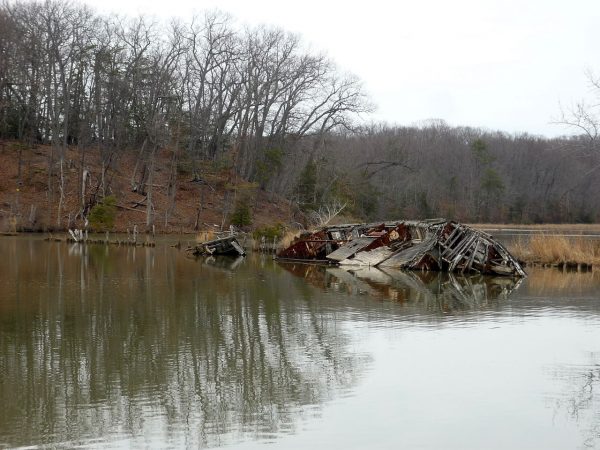
Storms, flooding, and erosion have made the sunken historical treasures slowly shift away from the land, according to a report from Live Science. As a result, the ecosystem may not be stable. A group of researchers began looking at the placement of the ships, and how it’s changed over time, and their findings were reported at the annual meeting of the American Geophysical Union.
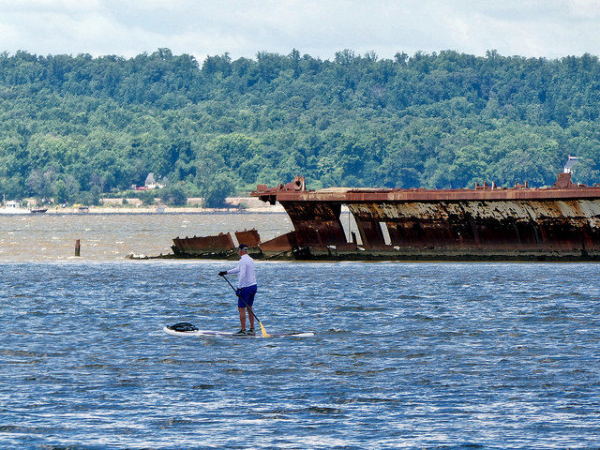
When the scientist in question attended the meeting to share their findings, they were traveling with a chaperone, since they are a group of four fifth-grade students from J.C. Parks Elementary School in Maryland.
Their interest in the ghost fleet was inspired by a field trip they had taken to Mallows Bay.
It got them wondering about things like how the ships ended up there, and how they were sunk. As a result of their curiosity, they looked at several aerial pictures that showed the ghost fleet, which were taken over a span of decades.
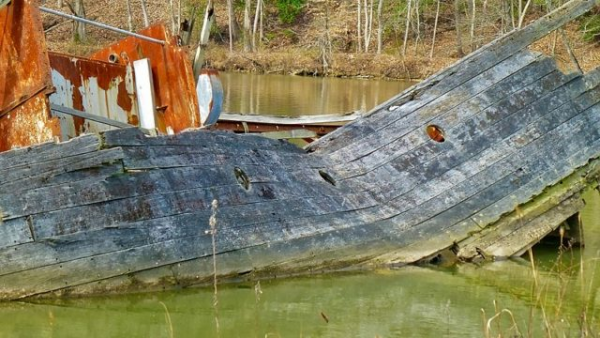
Identifying specific ship’s positions across all the images showed very clearly that some of the ships were changing their positions. Some of them have been slowly shifting east and, over time, the movement has been significant. In some cases, ships moved as much as 20 miles from their original resting places.
The budding scientists also noticed that the condition of various wrecks varied tremendously depending on how they were situated.
Some of the ships of the ghost fleet are located in such a way that they are pretty close to the surface of the water, or even are partially exposed. Those parts of the wrecks that are above the water line show considerably more rot and damage than the parts that are submerged in mud underwater.
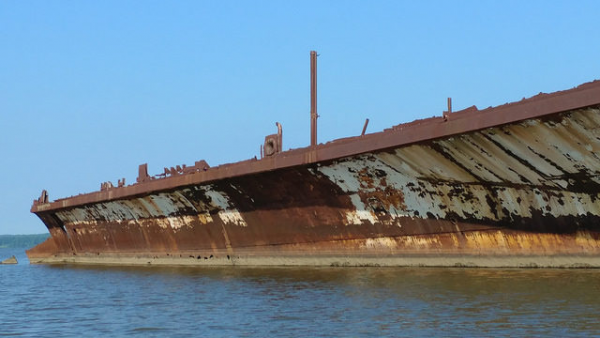
Regardless of positioning, however, the wrecks are all vulnerable to the effects the weather has on the river – hence the ships’ movements. The National Oceanic and Atmospheric Administration (NOAA) has been considering declaring Mallow Bay as a national marine sanctuary.
Another Article From Us: Centuries Before Columbus, a Viking-Indian Child May Have Been Born in Iceland
The announcement was made five years ago and the process has been underway. If Mallow Bay is finally made a sanctuary, it will become a protected site, which will make it much easier to preserve the ghost fleet, both as a flourishing habitat and as a place of archaeological interest.





